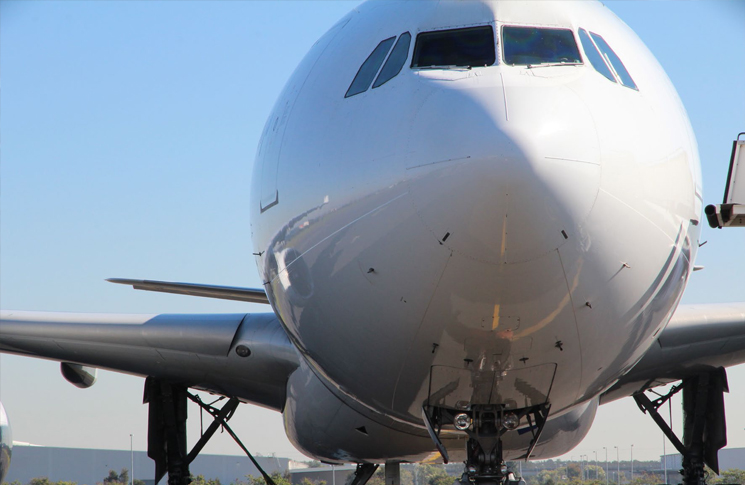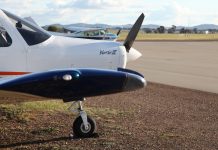Nine years today, the aviation world was shocked when Air France flight 447, on a scheduled flight from Rio de Janeiro to Paris, crashed into the Atlantic Ocean killing all 228 passengers and crew on board.
The accident was the deadliest involving an Airbus A330 and the worst in Air France’s history.
The aircraft’s flight recorders were not recovered from the ocean floor until May 2011, nearly two years later.
They showed confusion in the cockpit between the automatic systems and the human crew, and between members of the crew themselves.
About two hours and ten minutes into the flight, the pitot tubes iced up, resulting in inconsistencies in the airspeed indication readings. This caused various systems, including the autopilot, auto thrust and flight computers, to disconnect or malfunction.
The pilot flying incorrectly interpreted the aircraft’s angle of attack, which became so extreme as to be interpreted by flight computers as invalid. As a result, the computers stopped stall warning alarms, which had sounded continuously for 54 second but had been ignored.
The aircraft crashed into the sea less than four and a half minutes after the pilot tube blockage. The last recorded rate of decent was nearly 11,000 feet per minute, with a nose-up pitch attitude of 16.2 degrees. Investigations found that the pilot flying may have confused buffeting from the stall with that experienced from over speeding.
In August 2015, Flight Safety Australia explored the crash and the startle response—the physical and mental response to a sudden unexpected stimulus.
The final report of the accident by the French investigators concluded that the crew had failed to follow appropriate procedures for loss of airspeed information. Without reliable information about the aircraft’s angle of attack, the crew had made inappropriate control inputs. It said the accident resulted from the following sequence of events:
- Temporary inconsistency between the measured airspeeds following the obstruction of the pitot probes by ice crystals. This led to the disconnection of the autopilot and a reconfiguration to alternate law.
- Inappropriate control inputs that destabilised the flight path.
- The crew not making the connection between the loss of indicated airspeeds and the appropriate procedure.
- The pilot not flying’s late identification of a deviation in the flight path and insufficient correction by the pilot flying.
- The crew not identifying the approach to stall, the lack of an immediate reaction on its part and exit from the flight envelope.
- The crew’s failure to diagnose the stall situation and, consequently, the lack of any actions that would have made recovery possible.





The end result was mandatory stall recovery training and additional power+ attitude = performance. It will happen again, it’s just what humans do, make mistakes!
Andy is correct. Plus complex software is an opaque, black box that inevitably does stuff that humans are unprepared to deal with… no matter how many hours we practice in a sim. No matter what avionics we have, our software is error prone (how many bugs did your last iOS fix?). Beyond that, the interface between pilot and avionics/machine is always imperfect (when was the last time you confirmed proficiency under pressure with all 238 button sequences in your PFD/MFD). Finally, how quickly can you (or I) ramp up from a ‘normal’ state of relaxed monitoring/cockpit chitchat to sharply focused/knowledgeable response when faced with an unusual exigency – soon-to-be-life-threatening-emergency? I can’t fault the AF447 crew. Nor Captain Candalyn Kubkeck for her heroic efforts in 1996 when oxygen generators ignited in the hold of her DC9. IMHO, their tasks were beyond the edge of both our mental AND machine envelope. I certainly respect the latest heros (Captains Sully and Tammie Jo Shults). However, theirs were relatively simple exigencies in comparison.
I flew Boeing 707 for many years, and never had or heard of a single problem with pitot tubes. I can’t imagine as how Airbus managed to install defective pitots in a top technology aorcraft. Furhermore, why they did not issued a mandatory tech order to replace them as soon as they realized the pitots became faulty under icing conditions?
I would’t blame the pilots as they became flying blindly with erronous IAS instruments.